The decades-long neutrino mystery
The observed object is PKS 1424+240, a blazar identified as the brightest neutrino source ever known. It was previously detected by the IceCube Neutrino Observatory emitting extremely high-energy neutrinos, and it also glowed brightly with gamma rays recorded by the ground-based Cherenkov telescope.
However, the paradox lies in the fact that the radio jet of PKS 1424+240 moves too slowly, contradicting the long-standing hypothesis that only high-speed jets can produce such strong radiation.
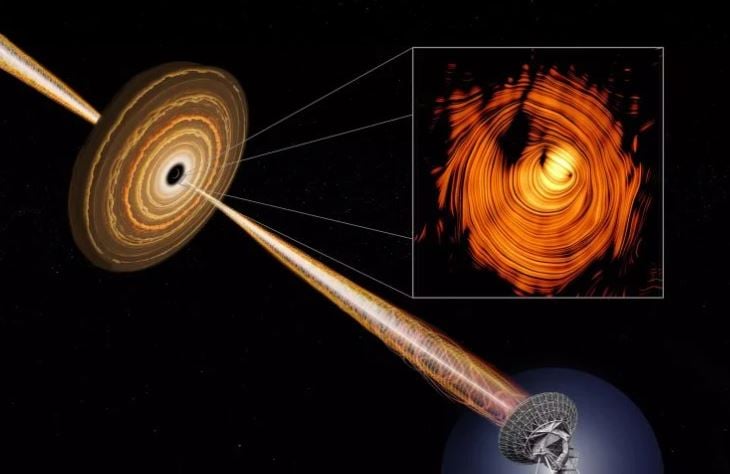
Looking inside the plasma cone of the blazar PKS 1424+240 with the Very Long Baseline Array (VLBA) radio telescope. Credit: NSF/AUI/NRAO/B. Saxton/YY Kovalev et al.
After 15 years of continuous observations using the Very Long Baseline Array (VLBA), scientists have reconstructed the most detailed image yet of the blazar’s jet. The results reveal a near-perfect toroidal magnetic field structure that acts like a coiled spring, pushing particles to their maximum energies – explaining both the high-energy neutrinos and gamma rays that burst from this source.
“When we reconstructed the image, it was absolutely stunning. We had never seen anything like it – a nearly perfect magnetic torus with a jet pointing straight at us,” said researcher Yuri Kovalev, lead author of the paper and MuSES project leader at the Max Planck Institute for Radio Astronomy (MPIfR).
As the team explains, because the jet is pointing almost directly towards Earth, its light is greatly amplified by relativistic effects. “This alignment increases the brightness by a factor of 30 or more. At the same time, the jet appears to be moving slowly – a classic optical illusion,” said co-author Jack Livingston (MPIfR).
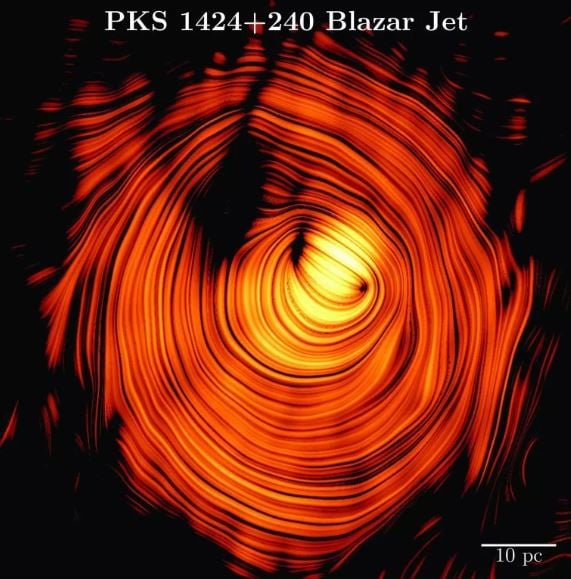
“The Eye of Sauron” - a striking image of the plasma in the blazar PKS 1424+240, viewed head-on. The plasma is surrounded by a nearly perfect toroidal magnetic field (orange image). Thanks to special relativity, high-energy gamma rays and neutrinos are strongly directed towards Earth, although the plasma appears to move slowly from our perspective. Credit: YY Kovalev et al.
This provides an extremely rare opportunity: scientists can “look straight into the heart of the blazar”, directly observing the magnetic field structure at the core where the plasma flows form and are accelerated.
The Answer to a Cosmic Mystery
The polarized radio signals helped the team map the magnetic field, revealing the spiral structure that plays a key role in initiating and sustaining the plasma. This allowed scientists to confirm for the first time that galactic nuclei working with supermassive black holes accelerate not only electrons but also protons – the source of the previously controversial high-energy neutrinos.
“Solving this puzzle confirms that active galactic nuclei are the most powerful cosmic accelerators, capable of producing both electrons and protons at energies far beyond the capabilities of man-made accelerators on Earth,” Kovalev stressed.
The discovery also marks a major victory for the MOJAVE program, a decades-long effort to track jets from black holes using VLBAs. Using a technique called Very Long Baseline Interferometry (VLBI)—which connects radio telescopes around the world to create a “virtual telescope” the size of Earth—the team achieved unprecedented astronomical resolution.
“When the project started, demonstrating a direct link between jets from distant black holes and cosmic neutrinos sounded like science fiction. Now, thanks to these observations, it is a reality,” said Professor Anton Zensus, Director of MPIfR and co-founder of MOJAVE.
This discovery strengthens the connection between spiral magnetic fields, relativistic jets, high-energy neutrinos and gamma rays, and marks a milestone in multi-messenger astronomy – where different types of cosmic signals (light, neutrinos, gravitational waves) are combined to decode the most extreme phenomena in the universe.
Source: https://doanhnghiepvn.vn/cong-nghe/chup-duoc-hinh-anh-con-mat-cua-sauron-chieu-thang-ve-trai-dat/20250821040221998



![[Photo] President Luong Cuong receives delegation of the Youth Committee of the Liberal Democratic Party of Japan](https://vstatic.vietnam.vn/vietnam/resource/IMAGE/2025/8/22/2632d7f5cf4f4a8e90ce5f5e1989194a)
![[Photo] President Luong Cuong attends special political-artistic television show "Golden Opportunity"](https://vstatic.vietnam.vn/vietnam/resource/IMAGE/2025/8/22/44ca13c28fa7476796f9aa3618ff74c4)


![[Photo] Prime Minister Pham Minh Chinh chairs the conference to review the 2024-2025 school year and deploy tasks for the 2025-2026 school year.](https://vstatic.vietnam.vn/vietnam/resource/IMAGE/2025/8/22/2ca5ed79ce6a46a1ac7706a42cefafae)

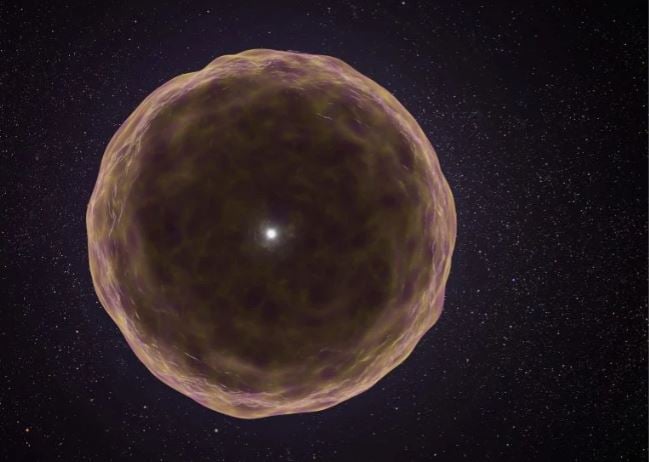
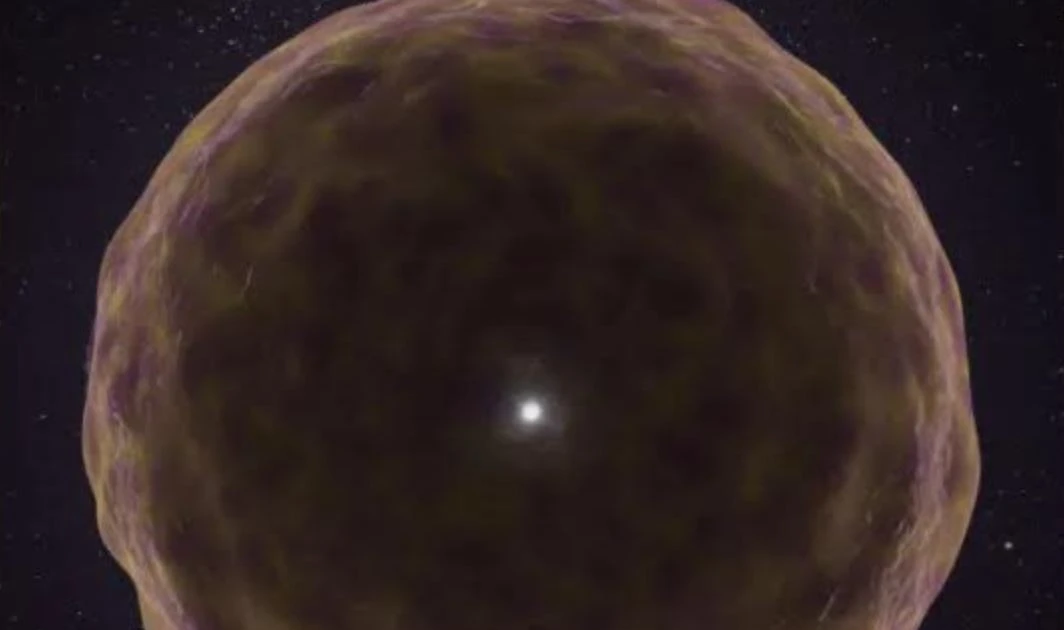



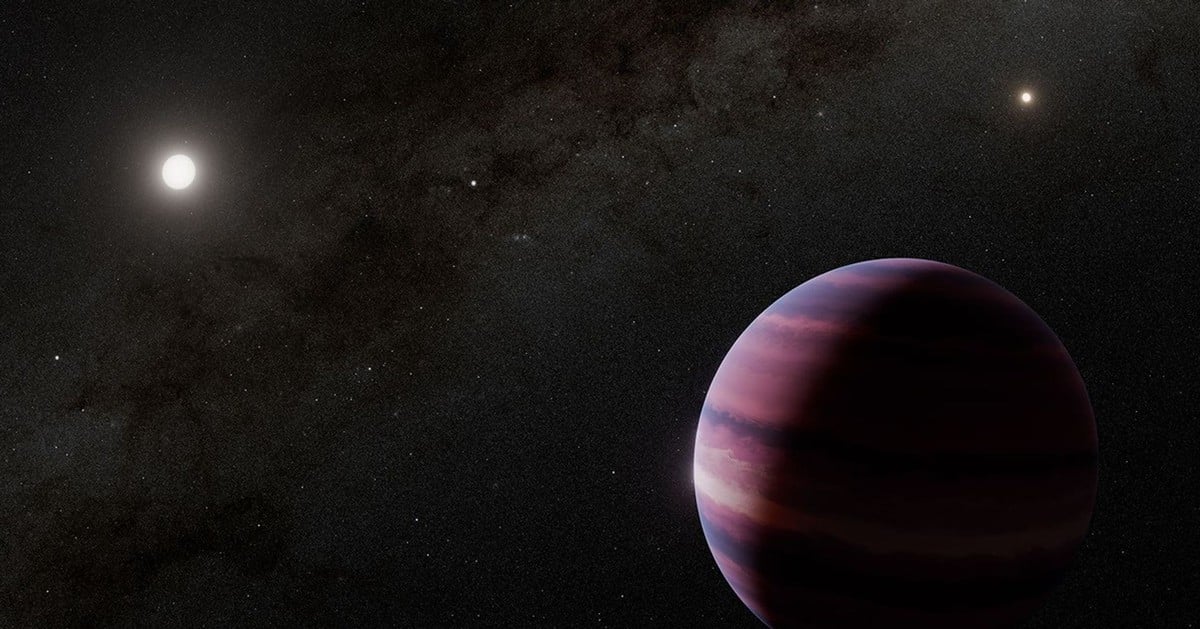

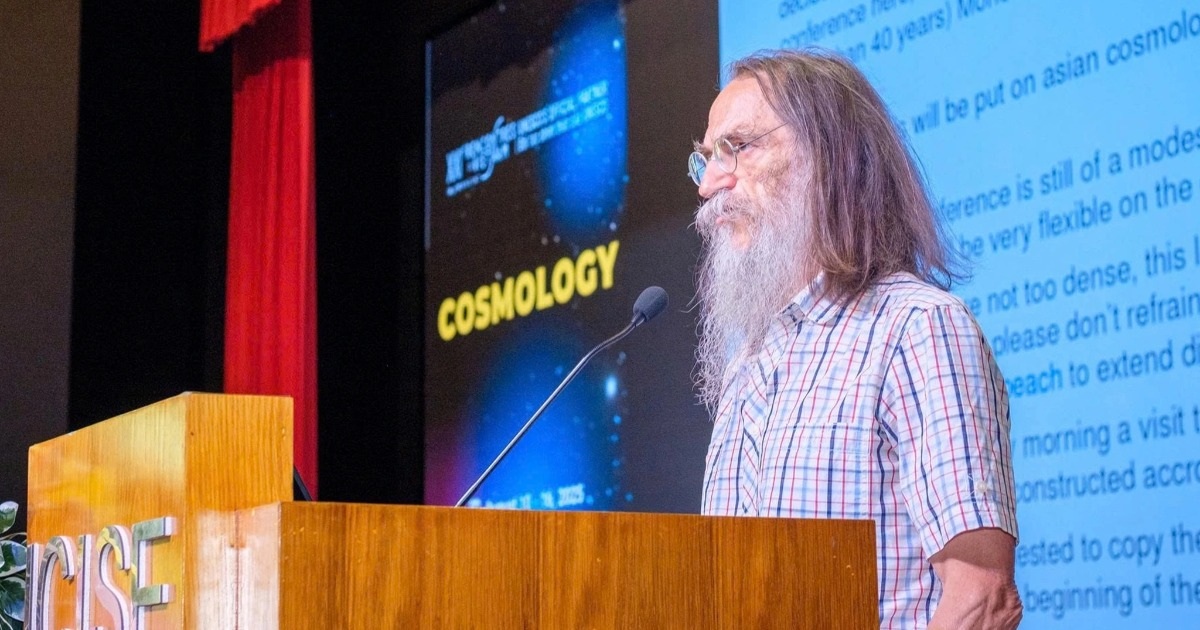





















































































Comment (0)